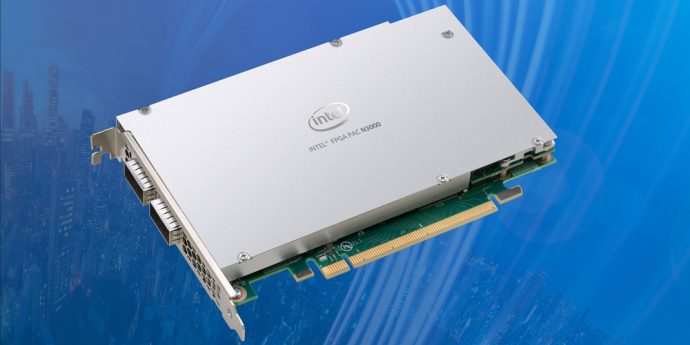Virtex-7 FPGAs
Kintex-7 FPGAs
Artix-7 FPGAs
Spartan-7 FPGAs
Virtex UltraScale
Kintex UltraScale
Virtex UltraScale+
Kintex UltraScale+
Artix UltraScale+
Zynq-7000 SoC
Zynq UltraScale+ MPSoC
Zynq UltraScale+ RFSoC
Versal ACAP
Automotive Grade
Defense Grade
Space Grade
Additional Families
Virtex-6
CoolRunner-II CPLD
Virtex-5
Virtex-4
Spartan-3A
Spartan-3AN
Spartan-3A DSP
Spartan-3A Extended
Spartan-3E
Spartan-3
Spartan®-6 LX
Zynq®-7000 XA
Memory
Embedded
Magnetic Sensors - Switches (Solid State)
PMIC - LED Drivers
PMIC - Power Distribution Switches, Load Drivers
PMIC - Voltage Regulators - Linear
PMIC - Voltage Regulators - DC DC Switching Regulators
PMIC - Voltage Reference
Transistors - FETs, MOSFETs - Single
Diodes - Rectifiers - Single
Diodes - Rectifiers - Arrays
Clock/Timing - Real Time Clocks
Transistors - Bipolar (BJT) - Single
Diodes - Zener - Single
Specialized ICs
Linear - Amplifiers - Audio
TVS - Diodes
Transistors - FETs, MOSFETs - Arrays
Linear-Amplifiers-Instrumentation
Logic-Buffers, Drivers, Receivers, Transceivers
Linear-Amplifiers-Instrumentation, OP Amps, Buffer Amps
Interface-Specialized
C2000™ C28x Piccolo™
Interface
Linear
Logic
Power Management (PMIC)
Data Acquisition
Embedded
Clock/Timing
RF Transceiver ICs
RF Front End (LNA + PA)
Transistors
Isolators - Gate Drivers
RF Transceiver Modules and Modems
Memory
Digital Isolators
DC DC Converters
Humidity, Moisture Sensors
Temperature Sensors
Transient Voltage Suppressors (TVS)
A~G
ADI/Maxim
ADVANCED
AMS
FUJI
BOURNS
FTDI
AMPAK
FREESCALE
AOS
AEROSEMI
AVAGO
BOSCH
FTDI
GD
BOURNS
CIRRUS
ALLEGRO
Cypress
EXAR
BORN
CJ
H~N
JST
HAMAMATSU
MICRON
JAE
MICRONAS
Nexperia
MPS
Nuvoton
Mini-Circuits
NORDIC
Lattice
HOLT
Lattice
ISSI
Littelfuse
KIOXIA
O~T
TE
ONSEMI
TEXAS
TDK
TOSHIB A
TriQuint
TOREX
TDK InvenSense
Semtech
SAMSUNG
RICHTEK
Renesas
Qualcomm
PLX
Silicon Labs
U~Z

